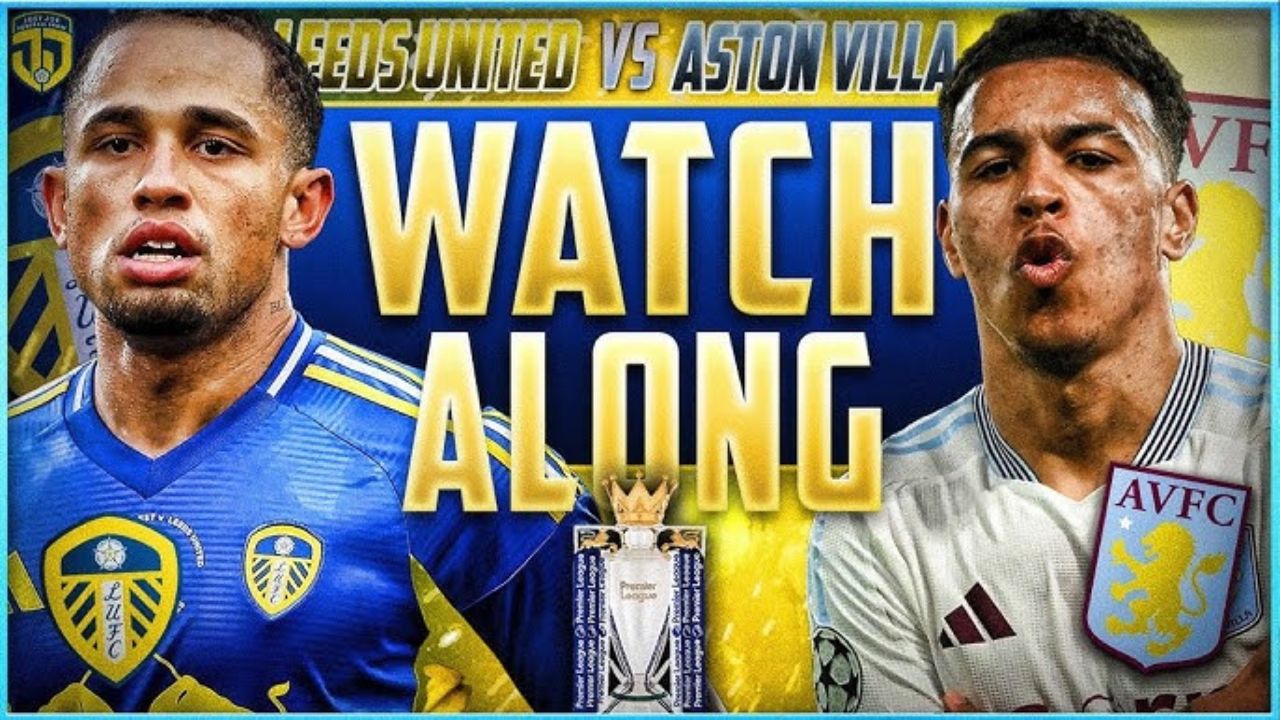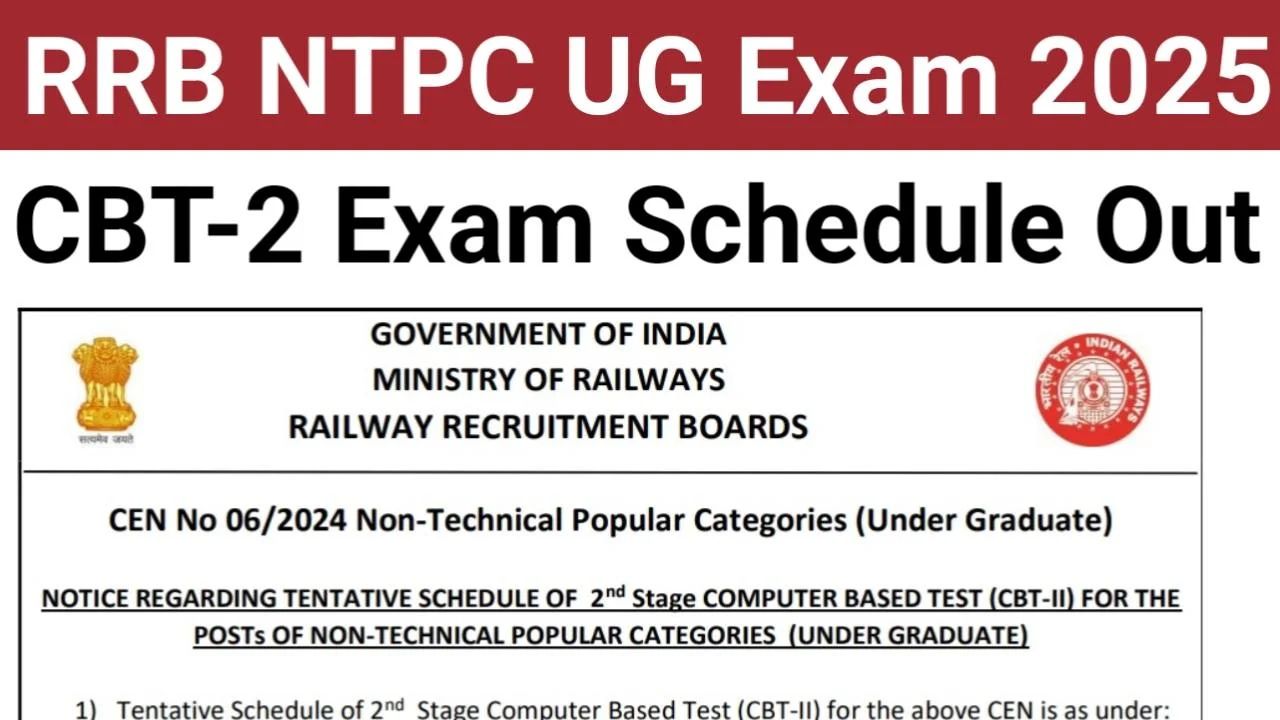Tottenham vs. Manchester United: A fast start or a second half surge which pattern determines the pace? Click inside

Introduction
Tottenham vs. Manchester United: A game that began as a measured chess match exploded into a stoppage‑time cliffhanger. Tottenham’s late surge looked decisive after Richarlison struck in 90+1’, only for Matthijs de Ligt to level from a corner in 90+6’, sealing a 2–2 draw that said as much about execution under stress as it did about structure and roles across 90 minutes.
Match snapshot
United led through Bryan Mbeumo’s 32’ header, a move built off Amad Diallo’s craft and Spurs’ loose pass in buildup, before substitute Mathys Tel dragged Spurs level at 84’ with a ruthless finish that tilted momentum to the hosts. Richarlison then bundled in Odobert’s shot in 90+1’, but de Ligt’s towering header from a corner in 90+6’ split the points at Tottenham Hotspur Stadium in a breathless finale.

Key moments timeline
- 32’: Bryan Mbeumo heads United ahead after Porro loses him in the box; Diallo supplies the key delivery after Spurs cough up possession under pressure.
- 84’: Mathys Tel equalises for Spurs, shifting the game’s emotional gravity and inviting wave pressure onto United’s back line.
- 90+1’: Richarlison deflects in Wilson Odobert’s strike, sparking home celebration and a late reshuffle by United with set‑piece focus.
- 90+6’: Matthijs de Ligt powers home a corner for 2–2, capping a stoppage‑time exchange that underlined defensive concentration and set‑piece detail under fatigue.
Tactics and adjustments
- Spurs’ press versus United’s directness: For long spells Spurs sought control and width, but United accepted lower volume and hunted selective transitions to find Mbeumo’s runs off Porro’s shoulder.
- Substitutions as levers: Ange’s bench—especially Tel and Odobert—added speed and one‑v‑one carry to stress United’s block; the flipside was United doubling down on rest‑defence and set‑piece threat late on.
- Set‑piece margins: With United down on rhythm after injuries and pressure phases, restarting structure at corners became a high‑leverage plan that paid off at 90+6’.
Player roles that mattered
- Bryan Mbeumo: Found separation for the opener and remained United’s cleanest out‑ball, stretching Spurs’ back line when midfield got congested.
- Mathys Tel: Changed tempo off the bench with direct running and shot selection, delivering the equaliser that unlocked the crowd and Spurs’ belief.
- Wilson Odobert and Richarlison: Odobert’s carry and shot set the chaos that Richarlison turned into 2–1, a classic second‑phase goal under late pressure.
- Matthijs de Ligt: Read the delivery and duel at the decisive corner, turning a single aerial win into the game’s final word.
Data cues and xG signals
Analysts flagged how United’s shot volume stayed low but chance quality spiked around transitions and restarts, while Spurs’ possession and width produced sustained territory that only translated after fresh legs arrived. Live centres showed Spurs’ late shot clusters inside the frame—an equaliser pattern—while United’s set‑piece xThreat rose as stoppage ticked on, culminating in the de Ligt header.
Read Also
What this result hints next
- For Spurs: The late‑game fightback reinforces bench value and wing‑dribble threat, but set‑piece fragility in added time needs priority work on first contact and second‑ball shape.
- For United: Efficiency and restarts can keep results alive even amid injuries, yet midfield control dips after substitutions leave exposure to ball‑carriers between lines late on.

FAQs
Q1. Who scored in Tottenham vs Man United?
Bryan Mbeumo (32’) for United, Mathys Tel (84’) for Spurs, Richarlison (90+1’) for Spurs, and Matthijs de Ligt (90+6’) for United in a dramatic 2–2 draw.
Q2. What tactical shift changed the match late on?
Spurs’ substitutions injected carry and width, increasing box entries and shot clusters, while United leaned on set‑piece routines and delivery quality to manufacture the final equaliser.
Q3. How did United create the stoppage‑time equaliser?
Through a corner routine executed with precision on timing and flight, enabling de Ligt to attack the prime zone and convert in 90+6’ under heavy defensive fatigue.
Q4. Did Spurs control the overall flow?
Spurs held more territory and possession phases, especially after the hour and with Tel/Odobert on, but struggled to convert earlier pressure into shots on target before the late burst.
Read Also
Q5. What are the biggest fixes for each side?
Spurs: late set‑piece discipline and second‑ball coverage; United: midfield stability after subs and coping with direct runners wide‑to‑inside in the final quarter.

Conclusion
Tottenham vs Man United distilled modern margins: substitutions that swing energy, set‑pieces that rewrite endings, and the thin line between control and vulnerability in added time. For deeper tactical clips, passing networks, and set‑piece breakdowns, review the match analysis and stat dashboards linked belowthen watch how both teams address these late‑game patterns in their next fixtures











